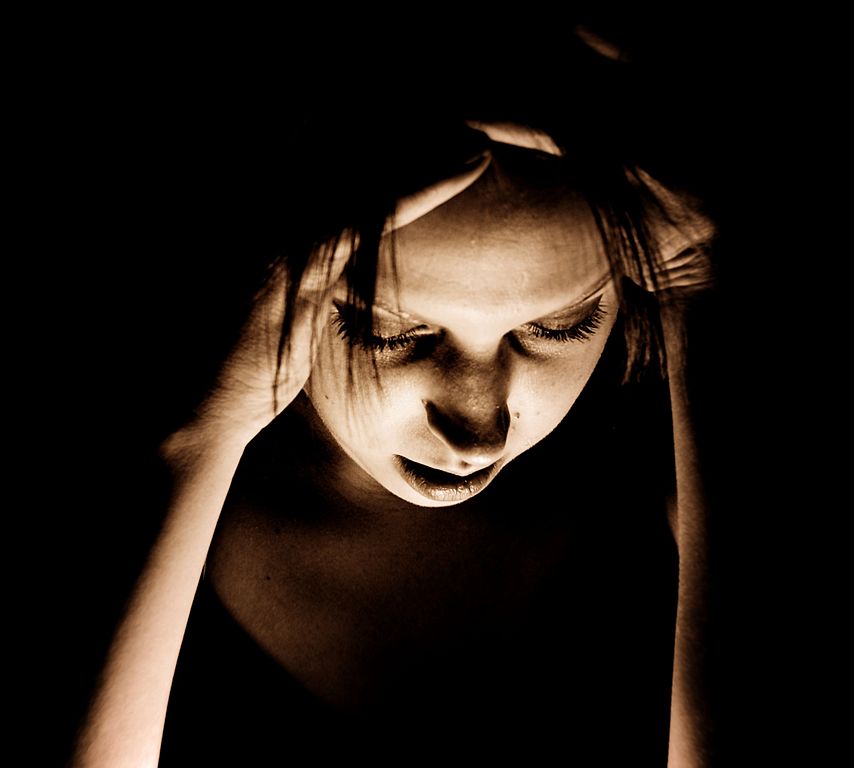“Smoking is injurious to health”, though written on any tobacco product, but still people ignore and smoke. On an average 5.5 minute life is lost with each cigarette smoked making smokers ten times of increased risk of acquiring lung cancer, two times risk of myocardial infarction and six times risk of chronic obstructive pulmonary disease (COPD). Smoking not only poses a health hazard to one who smokes, but also the one who is inhaling smoke. So, a smoker not only risks his life but puts life of near and dear ones at stake too.World Health Organisation (WHO) has declared tobacco as global epidemic which kills nearly six million people each year, of which more than 6,00,000 are non-smokers dying from passive smoking.
When someone smokes, the smoke comes out from the end of a burning cigarette (sidestream smoke) and the smoke exhaled (mainstream smoke) by a smoker.When someone breathes in this second- hand smoke it is referred to as passive smoking. To be simpler, passive smoker doesn’t actively involve in smoking, but bound to inhale smoke liberated by a smoker.
There is no safe level of exposure to second hand smoke. Any exposure is harmful.
Let’s see how passive smoking can affect a non smoker
Effects of passive smoking on children
– Tobacco smoke contains many poisons, including nicotine (a pesticide), carbon monoxide, ammonia, formaldehyde, hydrogen cyanide, nitrogen oxides, phenol, sulfur dioxide, and others. Tobacco smoke has more than 4,000 chemical compounds, at least 250 are known to cause diseases.
– Owing to the fact that bodies of infants and children are still growing, immunity is low, have higher breathing rates per body weight, immature lungs and more lung surface area compared with adults, kids are supersensitive to the toxins in second-hand smoke.
– Children whose parents, elder siblings, grandparents or relatives smoke have more frequent and severe asthma attacks, respiratory infections, ear infections, sudden infant death syndrome, acute respiratory illness like pneumonia, bronchitis, cough & wheeze
– Children who grow up with a parent or family member who smokes are three times more likely to start smoking themselves.
Effects of passive smoking on adults
– Passive smoking among adults leads to eye irritation , headaches, nasal symptoms, cough and allergic attacks.
– Passive smoking increases chances of heart diseases by 25–30% and stroke by 20–30%.
– Increased risk of heart attack: Second-hand smoke interferes with the normal functioning of the heart, blood, and vascular systems and has potential to damage the lining of blood vessels and cause platelets to become stickier. These changes can cause a deadly heart attack.
Effect of passive smoking on pregnant women
-Fetus cannot be an active smoker, but it can be considered a passive smoker as a result of a pregnant woman’s active and/or passive smoking.
– If the pregnant woman smokes, intrauterine growth of foetus is restricted. The risk of spontaneous abortion and congenital abnormality for babies born of smoking mothers is more than that of the nonsmokers.
-Prenatal exposure to tobacco smoke through maternal smoking has
also been linked to an increased risk of perinatal death.
-Smoke is considered a toxic agent to the fetus during pregnancy and an established, important and independent risk factor for LBW. The effects are compounded when the child is exposed to passive smoking after birth.
-One of the significant consequences of prenatal tobacco exposure is sensitization of the fetal brain against nicotine, which results in increasing likelihood of addiction when the brain is exposed to nicotine at a later age.
– Nicotine is known to be vasoactive and is thought to reduce fetal circulation via the placenta. Cotinine, a major metabolite of nicotine, has been measured in follicular fluid and amniotic fluid.
-Carbon monoxide is known to deplete fetal oxygen supplies of foetus by increasing level fetal carboxyhemoglobin and reduced placental
blood flow.
Passive smoking and cancer risk
– As per American Cancer Society: Second hand smoke is known to cause cause lung cancer – even in people who have never smoked.NNK and PAHs (polycyclic aromatic hydrocarbons), carcinogens that are known to cause lung cancer, have been found in dust samples taken from the homes of smokers. There’s also some evidence suggesting it might be linked in adults to cancers of the Larynx (voice box), Pharynx (throat), Nasal sinuses, Brain, bladder, Rectum, Stomach, Breast. Passive smoking is possibly linked in children to: Lymphoma, Leukemia, Liver cancer and Brain tumors.





